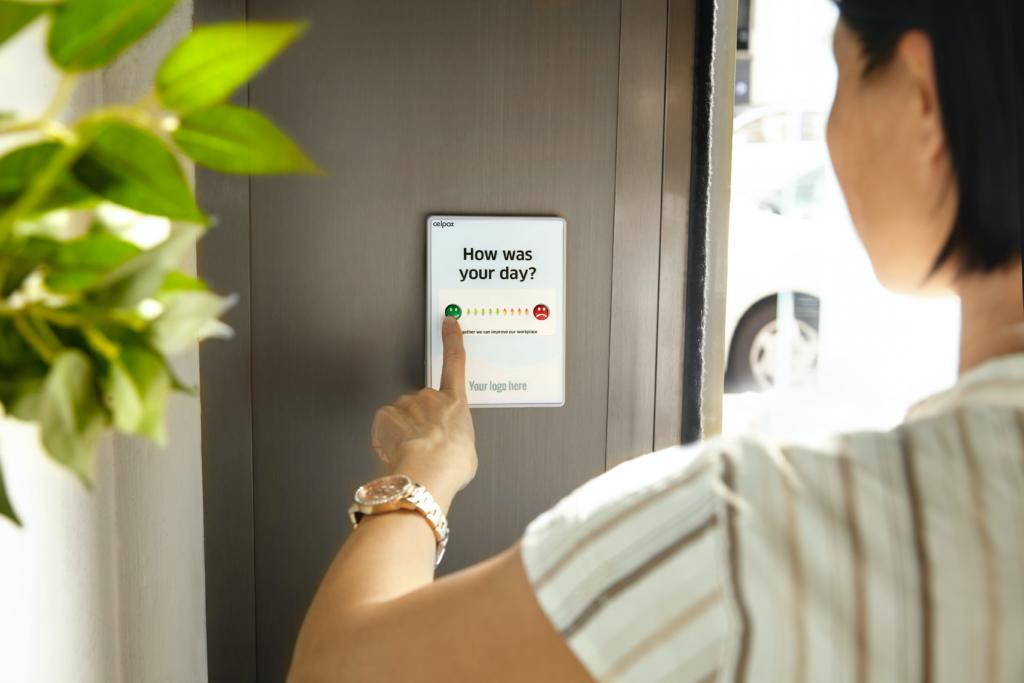I want to share a story of what happened to me in my rookie era.
I just graduated from university and was working as a salesperson. I showed a strong interest and talent in the job.
My department’s General Manager (GM) was intelligent and had a great talent for business development. He was also the youngest GM in the corporation. At that time, I was 22 and believed I would learn a lot from him. The business offered opportunities for those willing to learn, and I was a willing candidate.
However, I could feel my emotions swing up and down on the job. I felt empowered, hopeful, and exhausted after daily team meetings talking about where the company would be in the future, five years and ten years. Yet, at the same time, management kept ignoring the urgent problems we were facing in our current contracts.

I expected to have more opportunities to prove myself, but instead, I watched the opportunities fly towards other grads from better-ranking universities than mine. No one asked me if I was happy. There was no department set for employees to speak up for themselves. The “care culture” was a “scam”.
I started to observe people around me and began to notice that ‘I’m not the only one who is unhappy with the job’. So I listened to the conversations in the lunch room and the lady’s room, and finally, I concluded that “98% of people in my department HATE this job, but they stuck”. My colleagues were not passionate about the work. They were hanging in there because they had children to feed and mortgages to pay.
People put lots of effort into looking “hard-working”. And the negative working attitude was like a virus, spreading from the top to the lower levels. That’s how unhealthy culture starts to ruin a business.
"Culture transformation is not a campaign ." - Simon Sinek
The Board, CEO and executives determine organisational culture. The top management is where culture transformation should start. Culture Transformation doesn’t mean hiring some academic people to design a training course, sending every employee a link and requiring them to read or watch. Culture transformation is not a product representing what you think. It’s an ongoing inspiration that comes out from your people and serves your people. We need to transform “doing things in the business” into “doing things with the business”.
"Transformations are more likely to succeed when the proposed culture change is in line with the company's overarching strategy and value creation goals."
In a 2014 Korn Ferry Survey, 72% of executives agreed that culture is critical to organisational performance, yet only 32% believed their own culture aligns with their business strategies. In organisations with a decentralised model, business unit leaders are given the freedom and power to establish their own cultures and execute with autonomy. Senior leaders should identify a common cultural aspiration that requires business units to consider their approaches to management in the context of how they create value for the whole organisation (not only their unit) and how to help transform the organisation. The organisation needs data research and insights from leaders and employees to understand the business’s cultural aspirations. For example, surveys, focus groups, interviews, case studies workshops and roleplaying can give great insight into the current culture.
Be mindful of the quality of the information you receive

The top three essential elements of research are Validity, Reliability and Representativeness. When collecting data in your business, you want to know how people feel about the current organisational culture and how they relate their personal goals to the culture. Thus, you need to consider the reliability of the information. For example, a Harvard Business Review article points out that people lie at work primarily because they fear upsetting someone or triggering conflicts. They don’t want to expose their inadequacies. Just like the story I shared, people wouldn’t tell the management they were staying at the office till late to look hard-working.
In a multicultural team, you need to consider more than truthfulness. For instance, when interviewing an employee from a reserved culture. You will find it’s hard for them to hit the nail on the head because they tend to avoid confrontations and conflicts. Another example of employees who speak English as a second language, misunderstandings might happen when interpreting their responses. Or, their answers may seem irrelevant because the questionnaires are written obscurely.
When designing research materials, hiring a consultancy overviewing your business strategies, organisational structure and staff cultural background is crucial. The board and executives will also need to establish a Central Transformation Office, led by a Chief Transformation Officer (CTO), who can be an arbiter and the single source of truth for the change effort.
We need to establish a "MINDSET!"
McKinsey suggests that “to transform the organisation, companies should consider identifying the discrete day-to-day individual behaviours that need to change.” Then, align with the outcomes you aim to achieve. For example, you could encourage leaders to be more collaborative in their decision-making and provide more incentives to employees to share knowledge and work across silos. You could also establish mechanisms by which managers can regularly provide and solicit feedback. It can be regular meetings with CTO about critical decisions, progress, or concerns.
Effectively addressing and transforming organisational culture and ensuring it aligns with the business value and goals are vital. A successful transformation will thrive, and the figures in the financial report will attest to the improved performance. But, more importantly, in the long term, it nurtures and retains the most significant assets in your organisation: The People.
References:
- Emily, F., Elizabeth P., and Bill S. A single approach to culture transformation may not fit all. McKinsey & Company. June 30, 2022. https://www.mckinsey.com/business-functions/people-and-organizational-performance/our-insights/a-single-approach-to-culture-transformation-may-not-fit-all?cid=other-eml-alt-mip-mck&hdpid=95604d7c-0396-442d-816a-6aede69a59ae&hctky=12936639&hlkid=f863e2567930497087d364d2b5603b6a
- Gabriella, K., Kai, H. The power of culture transformation. Korn Ferry. https://www.kornferry.com/insights/this-week-in-leadership/power-culture-transformation
- Liz, K. Why people lie at work – and what to do about it. Harvard Business Review. https://hbr.org/2021/06/why-people-lie-at-work-and-what-to-do-about-it

